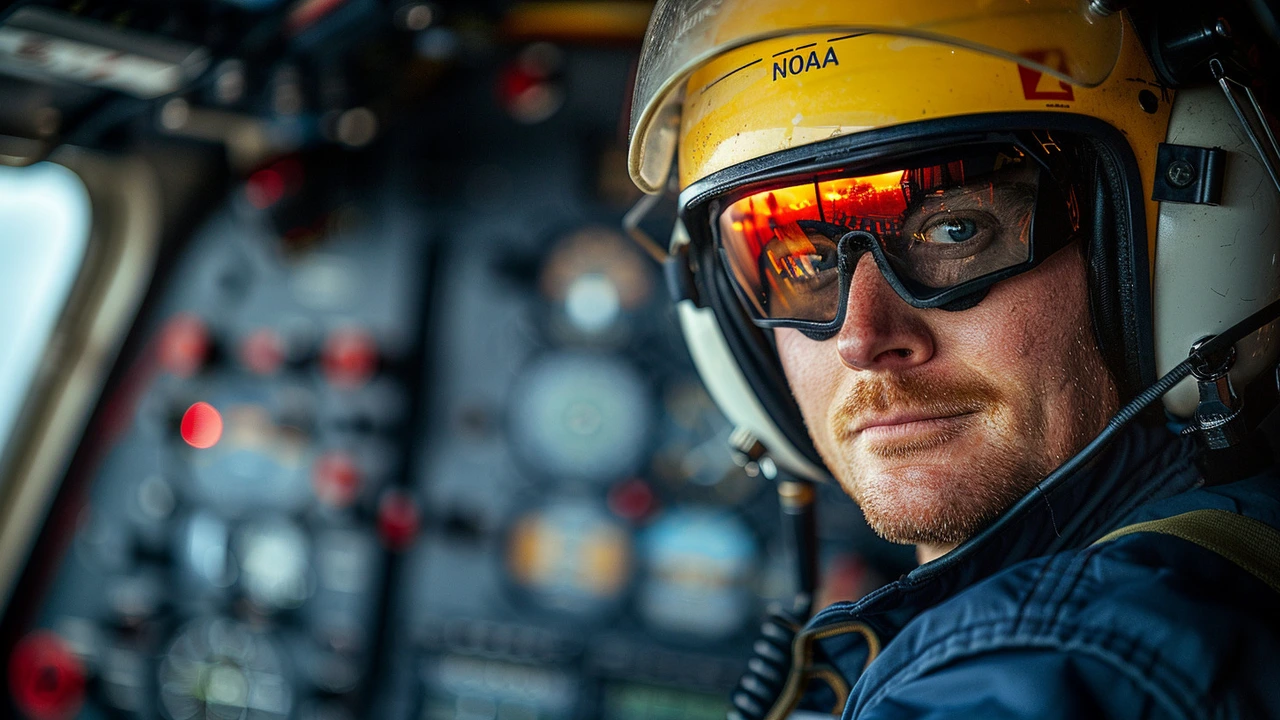Understanding Fire Weather and Why It Matters
Fire weather isn't just about hot and dry days—it's a mix of conditions that can make wildfires more likely and harder to control. When you hear the term, think about wind strength, temperature, humidity, and how dry the vegetation is. All these elements team up to create the fire risk you need to watch out for.
Why care? Because knowing fire weather helps you stay safe, prepare your home or community, and avoid causing accidents. If you live in or near areas prone to wildfires, paying attention to fire weather reports is like a heads-up system that can really make a difference.
How Weather Plays a Role in Wildfire Risk
Strong winds can push flames quickly across dry land, while high temperatures and low humidity make trees and grass more flammable. Even if there's been recent rain, a stretch of hot, dry days can dry things out fast, increasing fire danger. Combining these factors can create what experts call 'red flag conditions'—that’s when fire agencies get really alert and may restrict activities that could spark fires.
Not all fire weather warnings mean a fire is already happening. They often signal potential for wildfires, so being prepared and following local advice is key. Simple actions like cleaning leaves from gutters or avoiding outdoor burning on high-risk days can help prevent disasters.
Using Fire Weather Info in Your Daily Life
Checking fire weather forecasts has become easier with apps and websites giving current conditions and warnings. When a fire weather watch or warning is in place, it’s smart to plan your activities accordingly. For example, don’t use fireworks or operate machinery that might cause sparks, and stay informed about evacuation routes if you’re in a high-risk area.
Community preparedness also plays a big role. Neighbors working together to clear brush and share information can reduce overall fire risk. Plus, understanding the local fire weather helps you gauge when emergency services might be stretched or when more caution is needed during outdoor activities.
Remember, fire weather is all about spotting when nature and conditions are teaming up to make fires more likely. By paying attention and acting responsibly, you can protect yourself, your family, and your community from the growing threat of wildfires.

